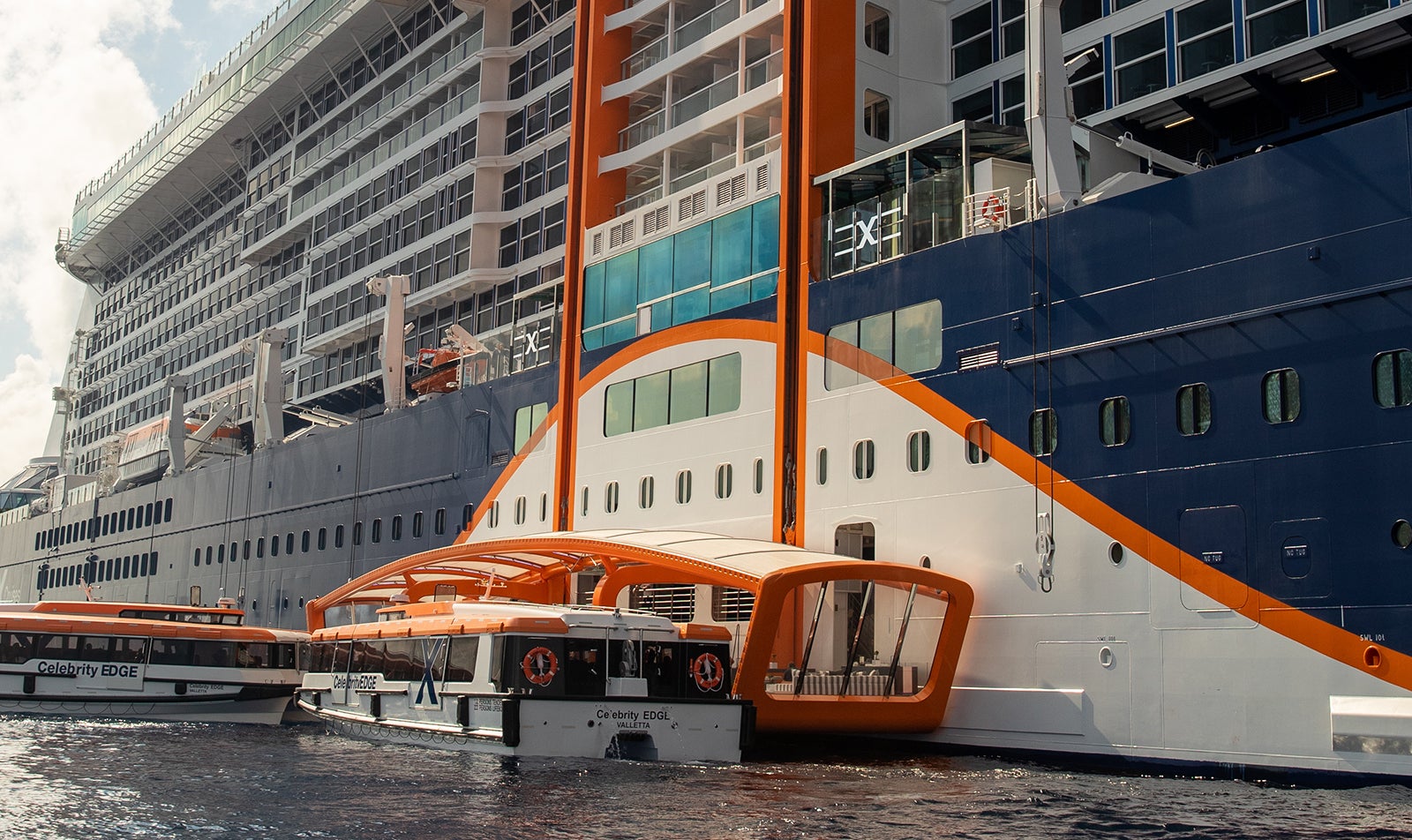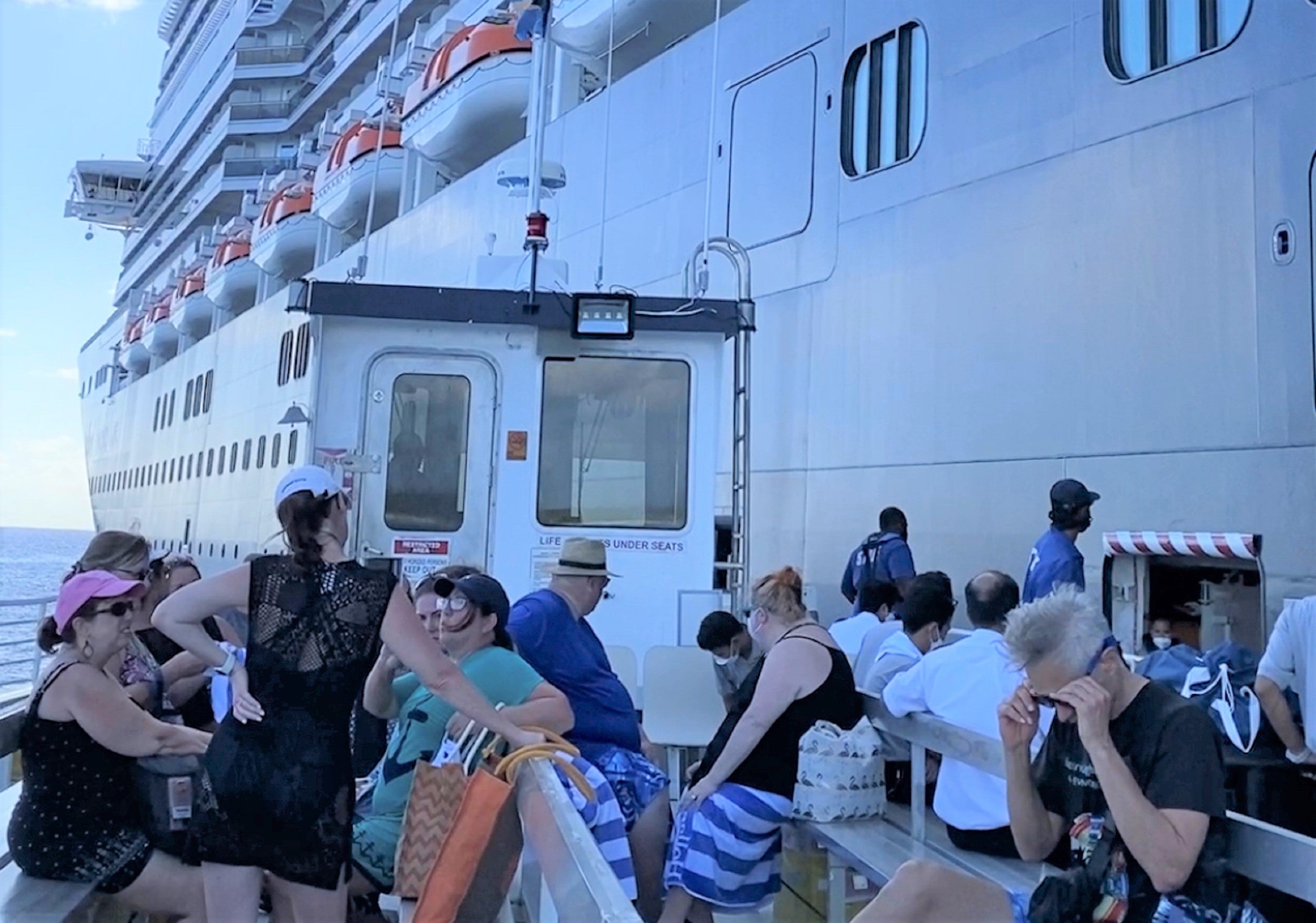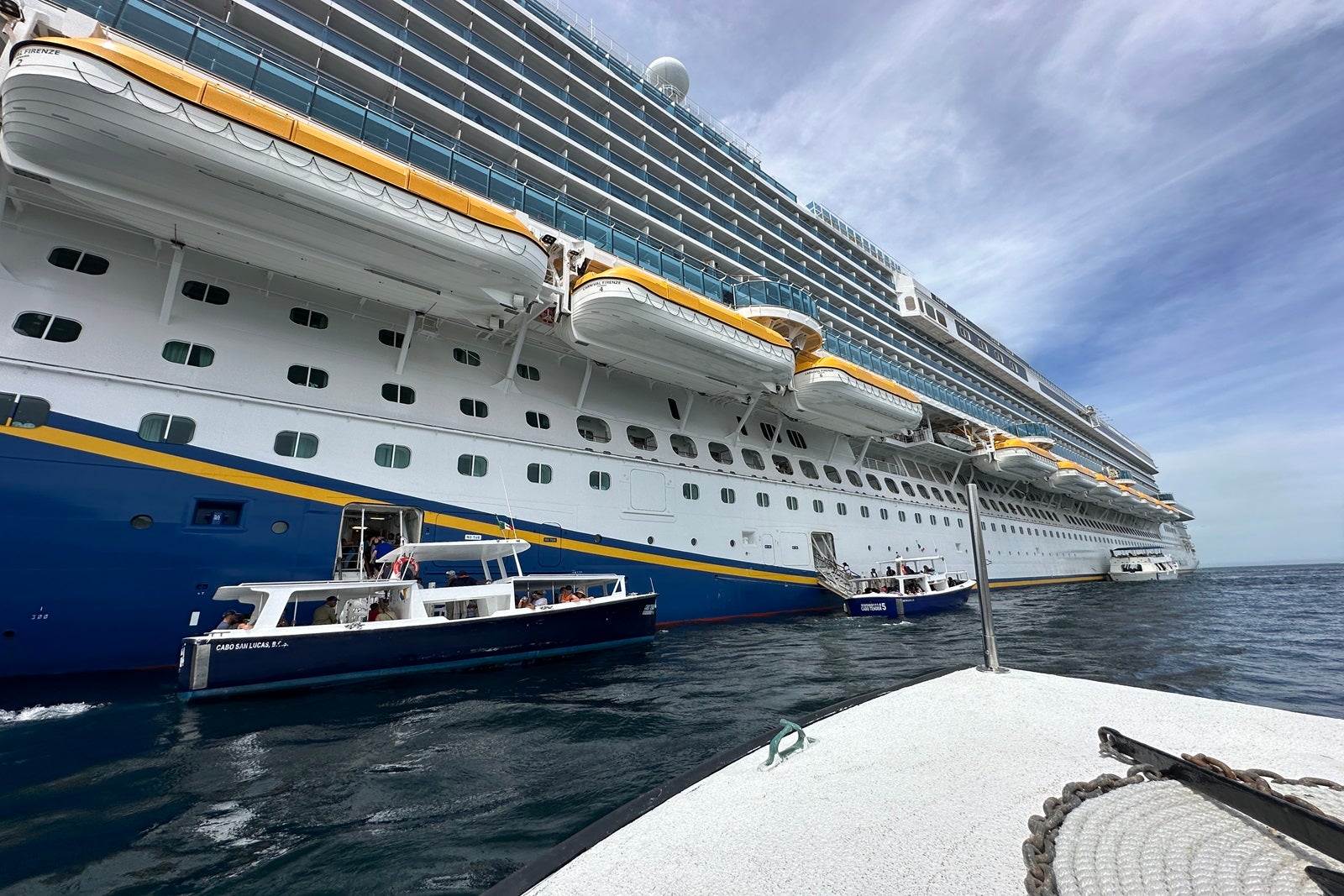If you’re new to cruising, you’ve likely heard of tendering or tender boats, but you might be confused about what they are.
What is a tender on a cruise ship? I’m here to explain (and it has nothing to do with chicken).
What is tendering on a cruise?
Some cruise ports — including Cabo San Lucas, Mexico; Grand Cayman, Cayman Islands; Santorini, Greece; and Sorrento, Italy — don’t allow ships to dock, due to either lack of infrastructure or shallow waters that would cause larger vessels to run aground if they got too close to land.
For cruise news, reviews and tips, sign up for TPG’s cruise newsletter.
In other instances, cruise ships will sometimes anchor offshore if ports are crowded and there isn’t enough dock space. This often happens in Juneau, Alaska, which has only four berths but can receive as many as six ships in port on the same day.
In those cases, ships anchor offshore and passengers are required to take a cruise ship tender to land. On a cruise, tendering is the process of using smaller boats to ferry passengers from their anchored vessel to shore.
What is a tender boat?
Depending on the port, the cruise line and any local agreements that might be in place, tenders can be boats operated by people who live in the destinations ships visit, or they can be a ship’s own lifeboats, which are lowered into the water and used to transport cruisers. Most lines refer to the boats as tenders, but some lines, such as Carnival Cruise Line, prefer the term “water shuttles.”
Tender rides are free, but on some larger ships, to keep things orderly and fair, you might have to report ahead of time to get a tender number that will tell you the order in which you can disembark the vessel. Your ship will also let you know what time the last tender boat leaves to return from shore for all-aboard.
Suite guests, cruise line loyalty program members with top-tier status, cruisers booked on early departures of ship-sponsored tours and other VIPs will often be allowed on the first tender boat departures ahead of regular passengers.

Daily Newsletter
Reward your inbox with the TPG Daily newsletter
Join over 700,000 readers for breaking news, in-depth guides and exclusive deals from TPG’s experts
Tendering vs. docking on a cruise: Pros and cons
Pros
Tendering allows cruise lines to take passengers to a larger variety of port destinations. Water shuttles can provide access to ports you might not be able to visit otherwise because the water is too shallow or they don’t have piers equipped to handle cruise ships.
Additionally, if you’re a sucker for a great ship photo, tender boats provide a perfect vantage point to snap that scenic ship shot.
Cons
While cruise tenders allow ships access to ports without docks, the process does have its downfalls. Passengers with mobility issues, especially those who use walkers, scooters or wheelchairs, might have difficulty boarding the boats as they bob in the water. (In most cases, walkers, scooters and wheelchairs are allowed on cruise tenders, and crew members can offer assistance with boarding tender boats. Check with your cruise line for specifics.)
Tendering also takes time, which means the process of getting ashore will eat into the time you have to explore in port. You might have to wait in a long line for your turn to board.
The boats can be stuffy and crowded, which is a less-than-ideal way to end a fun day of vacation. Cruisers who are prone to seasickness often feel queasy in these water shuttles.
Finally, calls on tender ports can be canceled completely for safety reasons due to inclement weather. If the water is too choppy to allow passengers to board the tender boats safely, the cruise line will skip that port of call.
Bottom line
Tendering on a cruise offers a way for passengers to visit ports where docking facilities are unavailable. You can help to set expectations and mitigate challenges for yourself if you understand that tender ports can be canceled or interrupted due to weather conditions, and they can present challenges for passengers with limited mobility.
If you use a walker, wheelchair or scooter, check with your cruise line to see what its policies are for taking those devices ashore in the event tendering is required.
After you book, many cruise lines list on their itineraries whether each port is a tender port or one where your ship will tie up at a pier. If you have trouble locating that information or need it ahead of booking, reach out to your travel agent or cruise line via the accessibility page on its website.
Got more cruise questions? TPG has answers:



